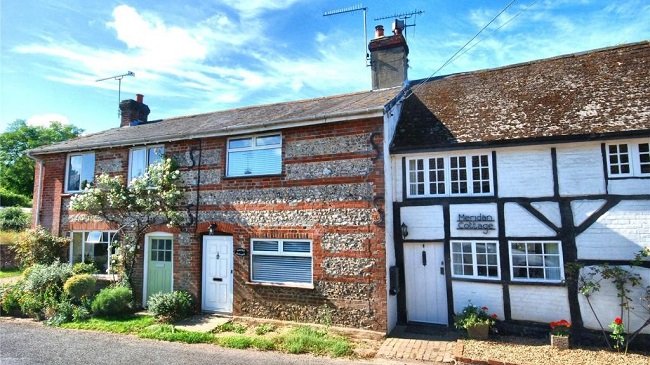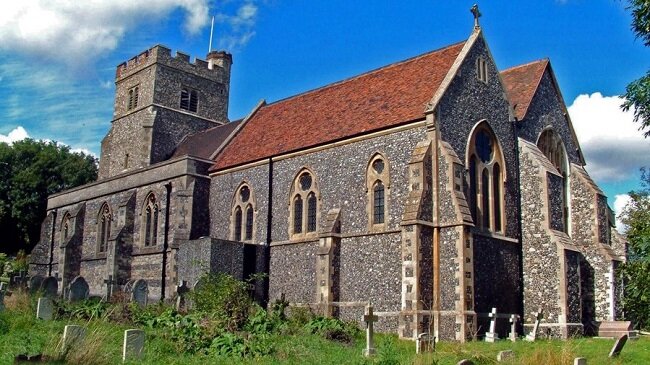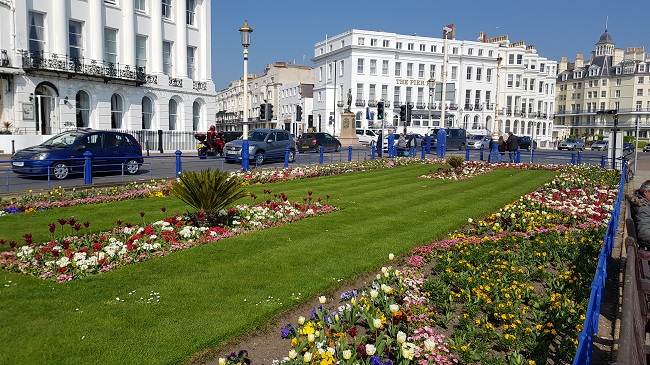Brompton Cemetery
Today I went on an impromptu visit to Brompton Cemetery in West London. Established in 1837, the West of London and Westminster Cemetery (as it was originally known) is a private cemetery initially created as a business venture to capitalise upon the shortage of cemeteries within London. It also sought to cater to the prevailing culture of opulent Victorian funeral rites. However, after proving non profitable, the cemetery was bought by the UK government. It was subsequently incorporated into Crown Property and managed by The Royal Parks. It is one of Britain’s oldest and most distinguished garden cemeteries. There are currently 35,000 monuments, ranging from simple headstones to impressive mausolea. It is home to more than 205,000 resting places. The cemetery is also a haven for flora and fauna, providing a substantial semi rural environment amid urban central London.
There are regular open day events and tours around Brompton Cemetery. These are often themed around such things as famous military personnel, noble interments and historical figures. We had hoped to visit the catacombs which are substantial but all the day’s tours were sold out. Fortunately, we were able to get tickets for a general, hour-long tour around the cemetery which features a selection of the most notable graves. These included the following:
Emmeline Pankhurst: Leading suffragette.
Joseph Bonomi the Younger: Sculptor, artist, Egyptologist and museum curator.
John Snow: Anaesthetist and epidemiologist.
Chief Long Wolf: Oglala Sioux and veteran of the Battle of Little Bighorn.
Hannah Courtoy: An enigmatic figure whose opulent Egyptian style tomb is surrounded in mystery.
At first glance, it is somewhat incongruous to find such a decadent and substantive Victorian garden cemetery in the middle of central London, right next to Chelsea FC’s home grounds, Stamford Bridge. However, the cemetery is a relic from an age when death and funeral rites were far more complex and a significant aspect of the prevailing culture. Furthermore, expensive tombs were a form of conspicuous consumption and visiting cemeteries and admiring the architecture was considered morally uplifting and a broadening of one’s intellectual and cultural horizons. Nearly two hundred years later, Brompton cemetery now serves not only as a place of historical interest but also as a notable home for urban wildlife. As well as squirrels and crows, there are Kestrels and ring-necked parakeets. Throughout the year, there are such flowers as snow-drops, bluebells, wild lupin, foxgloves, broad-leaf pea, ferns and horsetail. This is a perfect environment for butterflies and other insects.
We started our tour at 3:00 PM on what was an unusually hot Sunday afternoon. It was 30 °C but fortunately there are quite a lot of trees to provide shade. The cemetery is laid out like a church with 4 central avenues forming a cross. Our guide took us round at a measured pace, spoke confidently and was happy to address any questions that arose. Sadly some of the graves are in a state of disrepair as the cemetery is not as well funded as it could be. The UK National Lottery has provided grants in the past for the upkeep of the grounds, particularly the chapel at the centre of the four avenues. Brompton Cemetery is a dog friendly environment with numerous taps and drinking bowls available. Overall, it was a most enjoyable afternoon out and I thoroughly recommend it, whether you’re just looking for a stroll or wish to immerse yourself in history and architecture.
Panoramic picture curtesy of Paul King.












































